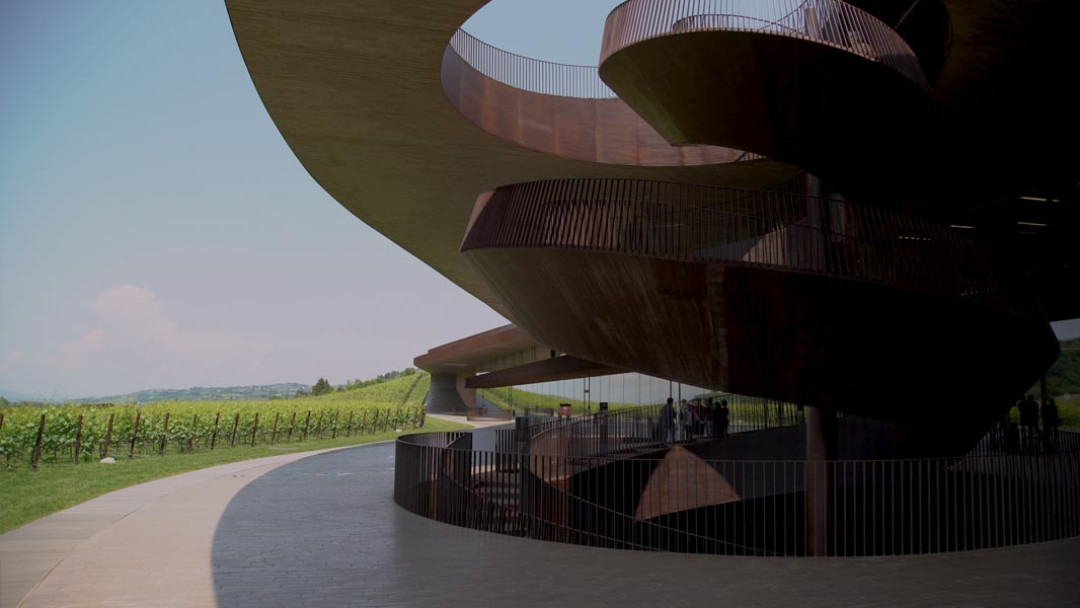Following the release of our new Italy Investment Report, Cult Wines is publishing a series of videos showcasing a selection of key Italian producers. Today we take a closer look at Antinori
1. It has a long and well-established history…
The Marchesi Antinori company can trace its history back to 1385, when Giovanni di Piero Antinori became a member of the Arte Fiorentina dei Vinattieri, the Florentine Winemakers’ Guild. The family has been making wine for 26 generations, making Antinori the 10th oldest family-owned company in the world.
2. And an innovative background
In 1900, Piero Antinori bought several vineyards in the Chianti Classico region, including 47 hectares at Tignanello. His son Niccolo positively scandalised Tuscany in 1924 by making a Chianti containing Bordeaux wine varieties, but he continued to experiment with new blends, types of barrel, temperature control and bottle ageing. Niccolo retired in 1966, handing the reins to his son Piero, who proved to be just as pioneering. He investigated the early harvesting of white grapes, different types of barrique, stainless steel vats and the malolactic fermentation of red wines.
3. Its 1970s creations were revolutionary
Piero Antinori's flagship wine, Tignanello, first appeared in 1974 and caused a sensation thanks to its use of Cabernet Sauvignon in a Sangiovese blend, and with its practice of ageing in small French barriques. Antinori was accused of vinous treachery but nonetheless, barrique-aged blends of Sangiovese and Cabernet soon began appearing all across Tuscany.
4. It’s not the original Super Tuscan
...that honour goes to Sassicaia. But Antinori’s Tignanello was responsible for really shaking up the Italian wine industry, leading to far-reaching changes in rules and attitudes. The first Tignanello used non-native Cabernet Sauvignon, for example, and from 1975 no white grapes were used in the blend at all – very much against the Italian regulations at the time. The region is now brimming with Tignanello imitations.
5. A second star
Despite some upset among purists at the time, Piero persevered and in 1978 launched Solaia – containing 80% Cabernet Sauvignon – from a neighbouring vineyard. While the grapes for the Tignanello are planted on gentle, south-west facing slopes of shale and limestone, Solaia is known as ‘the sunny one’, as it enjoys the most sunshine across Antinori’s 300-hectare vineyard holdings.
6. It boasts a number of historic firsts
Solaia was the first Italian wine to be named the ‘World’s Number One Wine’ by Wine Spectator in 1997, while in 1985 Piero was the first Italian to be named Decanter’s ‘Man of the Year’ – the second was the late Giacomo Tachis, Antinori’s winemaker, who was given the honour in 2011.
7. All in the family
Piero Antinori is the brother of Lodovico Antinori, the mastermind behind Ornellaia and Masseto – two other notable Super Tuscans that played a significant role in reshaping Italy’s wine industry.
8. The name is embedded throughout Tuscany
Antinori has several other vineyard holdings throughout the region, including ones in Firenze, Bolgheri, Montalcino and Orvieto, as well as a handful of further properties in Chianti Classico. While the label may be responsible for dozens of wines, Tignanello and Solaia remain its shining stars, with an annual production of just 20,000-30,000 and 3,000-7,000 cases respectively.
9. The Antinori cellar is nothing short of stunning
Completed at the end of 2012, the 50,000-square-metre Antinori Winery was conceived as an invisible building whose body merges with the folds of the hillside. The tiered roof is entirely covered with farmland and a pair of sliced openings infilled with glass are the only things that reveal the presence of the structure at all. The lowest levels are dedicated to the storage and production of wine, while the upper level contains visitor facilities that include a museum, a library, an auditorium and areas for wine tasting and shopping. Its creation marked the first time Antinori was ever opened to the public.
10. It’s almost criminally good value
Despite its rapturous global acclaim, Antinori’s Tignanello represents astonishing value considering it is frequently lauded against the likes of Bordeaux First Growths. The 2010, for example, highly praised by critic Robert Parker, can be yours for around £80 a bottle. Solaia commands slightly higher prices, due largely to its smaller production volume, but again is a comparative steal when its revered reputation and critical acclaim is taken into account.







